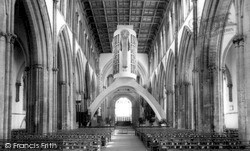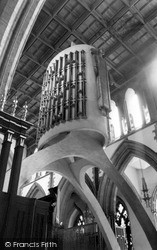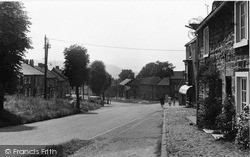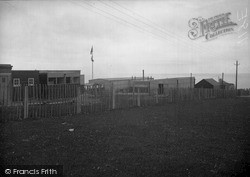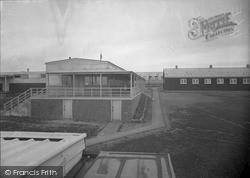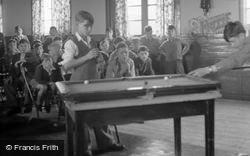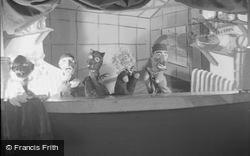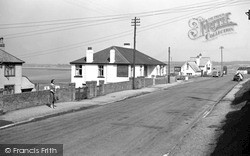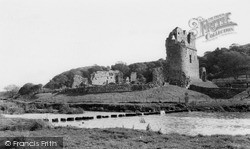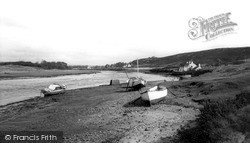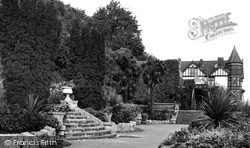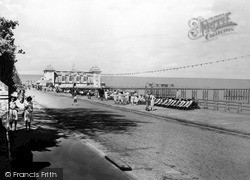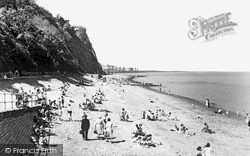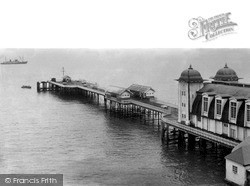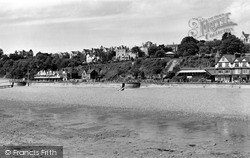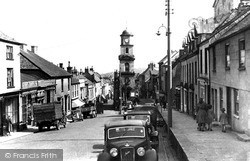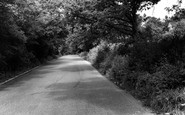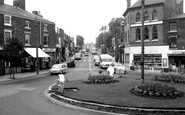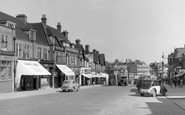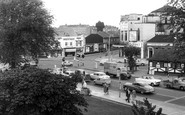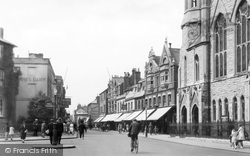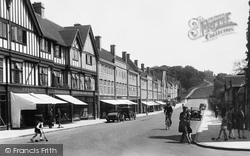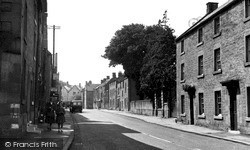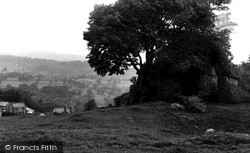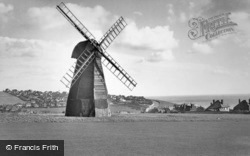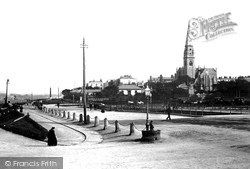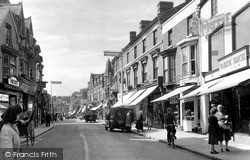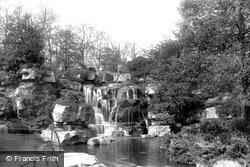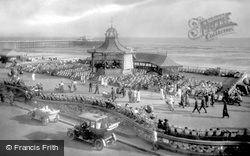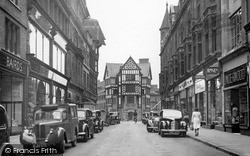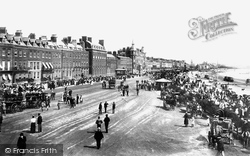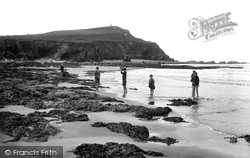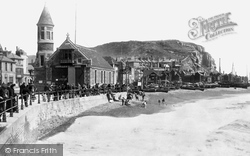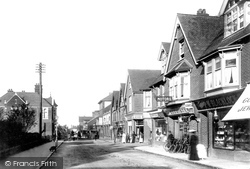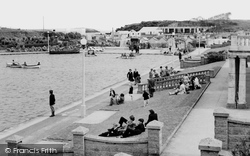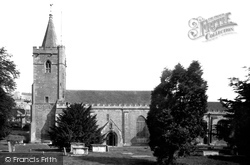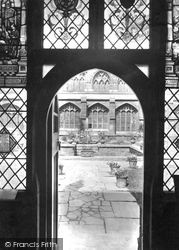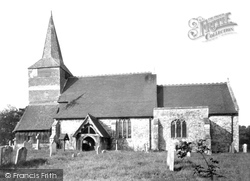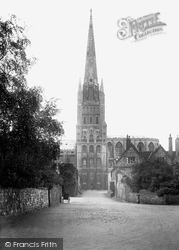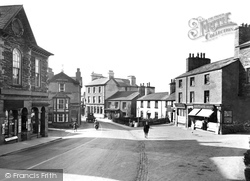Places
36 places found.
Those places high-lighted have photos. All locations may have maps, books and memories.
- Cardiff, South Glamorgan
- Barry, South Glamorgan
- Penarth, South Glamorgan
- Rhoose, South Glamorgan
- St Athan, South Glamorgan
- Cowbridge, South Glamorgan
- South Molton, Devon
- Llantwit Major, South Glamorgan
- Chipping Sodbury, Avon
- South Chingford, Greater London
- South Shields, Tyne and Wear
- Ayr, Strathclyde
- St Donat's, South Glamorgan
- Llanblethian, South Glamorgan
- Thornbury, Avon
- Llandough, South Glamorgan
- Fonmon, South Glamorgan
- St Nicholas, South Glamorgan
- Jarrow, Tyne and Wear
- Penmark, South Glamorgan
- Font-y-gary, South Glamorgan
- Maybole, Strathclyde
- Yate, Avon
- Oxford, Oxfordshire
- Torquay, Devon
- Newquay, Cornwall
- Salisbury, Wiltshire
- Bournemouth, Dorset
- St Ives, Cornwall
- Falmouth, Cornwall
- Guildford, Surrey
- Bath, Avon
- Looe, Cornwall
- Reigate, Surrey
- Minehead, Somerset
- Bude, Cornwall
Photos
5,607 photos found. Showing results 281 to 300.
Maps
2,499 maps found.
Books
23 books found. Showing results 337 to 23.
Memories
1,580 memories found. Showing results 141 to 150.
Brixham
Coming to Brixham from just outside of London as an 11 year-old was a real culture shock. New smells (fish!) new sounds (seagulls) and new faces (the inhabitants of the south west certainly have distinct facial features...to say nothing of ...Read more
A memory of Brixham in 1880 by
Old Redding Both Famous And Notorious !
Old Redding is a hilly rural lane connecting Hatch End with Harrow Weald. It is notorious for its connection with The Grimsdyke Hotel where Gilbert of Gilbert and Sullivan fame met his death in a drowning ...Read more
A memory of Hatch End in 1963 by
Sedgmore's Grand Colliery Exhibition
The Bull Ring, Sedgley, that is the location where on a fateful night in April 1906, The Sedgmore’s Grand Colliery Exhibition Travelling Show, set up in Sedgley on its way to the Wolverhampton Annual Suntide ...Read more
A memory of Sedgley in 1900 by
St Marys Church
We lived in an upstairs flat in South Ealing. The tube railway line ran behind our flat, and beyond that, allotments. We also had a good view of St. Mary's church. It was wonderful to hear the bells ring on Sunday mornings. I ...Read more
A memory of South Acton in 1960 by
Pinner Fair
I was born in Ruislip Gardens in 1939, we were moved to Pinner in 1940 due to the war and living next to Northolt Aerodrome. I lived in the area for 20 years before emigrating to Adelaide, South Australia in 1967. On a visit to UK in ...Read more
A memory of Pinner in 1940 by
Fair Green
I lived in that stange area of Mitcham known as Lonesome, situated between the level crossing at Eastfields and the bottom of Streatham Vale. It was a sort of 'No Man's Land'. My schooling from 1951- 1957 took place first at the wooden ...Read more
A memory of Mitcham in 1958 by
Home Farm Marske
Home Farm has been in the Simpson family for many generations. My family and I spent many happy holidays over the years with my aunt and uncle, Lena and Maurice Simpson. I have such wonderful memories of haymaking, milking cows etc, ...Read more
A memory of Marske in 1951 by
Ww2 Pontllanfraith
My paternal grandfather, Joseph Cook, lived at No 24 Newbridge Road, Pontllanfraith and to avoid the bombing where we lived in South London, we stayed in his house. I was too young for school, but my brothers, Joe and Pat ...Read more
A memory of Pontllanfraith in 1944 by
Wells Family In Thorpe Bay
A cousin found an old Birthday Book in which the names of some people from Thorpe Bay feature. We wonder if these were family members: Eileen Wells, 11 Plas Newydd, Thorpe Bay, Essex, Birthday February 28. Mrs. Day, ...Read more
A memory of Thorpe Bay in 1920 by
My First Visit
It was a warm bright sunny day in May when my husband and I came to look at a house in Thorngrafton. What a lovely quiet atmosphere it had, apart from the mooing of the cows on the farm and the sound of the house martins singing ...Read more
A memory of Thorngrafton in 2000 by
Captions
2,476 captions found. Showing results 337 to 360.
We are looking south from outside the Methodist Church on a stretch of the High Street which is now pedestrianised.
In this 1929 photograph the north side of Hermitage Road is now built up, while the south side remains partly undeveloped.
Winster Rocks, also known as Wyns Tor, is an outcrop of Dolomitic limestone to the south of the village, on what is now a long distance footpath known as the Limestone Way.
Winster Rocks, also known as Wyns Tor, is an outcrop of Dolomitic limestone to the south of the village, on what is now a long distance footpath known as the Limestone Way.
This black weatherboarded smock windmill stands in a striking position on the South Downs, overlooking the coastline.
A view looking south along Queen's Road, the entrance to the pier is on the left. The church is a well-known landmark for those coming over in the ferry from Holyhead.
Just a few miles south of the industrial Midlands, Redditch became famous for the manufacture of needles, fishhooks and bicycles.
The old village, which consisted of about eighteen houses, lay to the south-west of Belsay Castle - or rather it did until the early 19th century, when Sir Charles Monck had it demolished and moved to
St Stephen's Green on the south of the city was one of the three ancient commons enclosed in 1663. It covers 22 acres and was laid out as a park in 1880 with a lake and other water features.
Eight years later, the South Pavilion at the end of the pier was destroyed by fire.
Closing the view south is the former General Accident Building of 1932, which Pevsner rather unkindly sums up as 'a vile, impertinent lump'.
Weymouth, unlike many south coast resorts, faces east; it is therefore possible to sit on hot sunny days without the glare of the afternoon sun in the face.This accounted for the popularity of the
Children play at the south end of the beach. Beyond them is the headland on which the Borth war memorial was built after the First World War.
The elegant Victorian life boat house with its round tower and conical roof, quite new at this time, has now gone, and a modern concrete life boat station replaces it further south-east, painted an attractive
In the middle distance the London Brighton and South Coast Railway lines cut across Brighton Road on a level crossing.
In this unusual view looking south-west, taken apparently from an upper window of the Crown Hotel, we see the ever present line of parked cars, the newest of which, 6503MC, was registered
This picture of the square at the south end of Dublin Street, is interesting in that it shows the original market cross, which was repositioned here when the Rossmore Memorial was erected in the Diamond
Barry was to become one of the busiest of resorts on the south coast of post-war Wales.
This shows the south entrance to the church, which Pevsner describes thus: 'Perpendicular also s porch (with a niche) and the embattled s chapel with straight-headed windows'.
The trees which conceal the south-west towers have now been removed. The steps too were taken out in the 1980s. Here they lead up the motte to the Castle House, which now houses the town's museum.
This view of the garden is taken from the South Cloister.
Once surrounded by forested land, this church boasts remarkable timbered west and south porches built in the early 14th century, and comprising some fifty tons of oak wood.
Wonderful as this view is, admiration is tempered by the knowledge that the road leading to the south transept was created by the demolition in the 1830s of the mainly 12th-century monastic dormitory and
This photograph looks south from the Market Place.
Places (15471)
Photos (5607)
Memories (1580)
Books (23)
Maps (2499)



